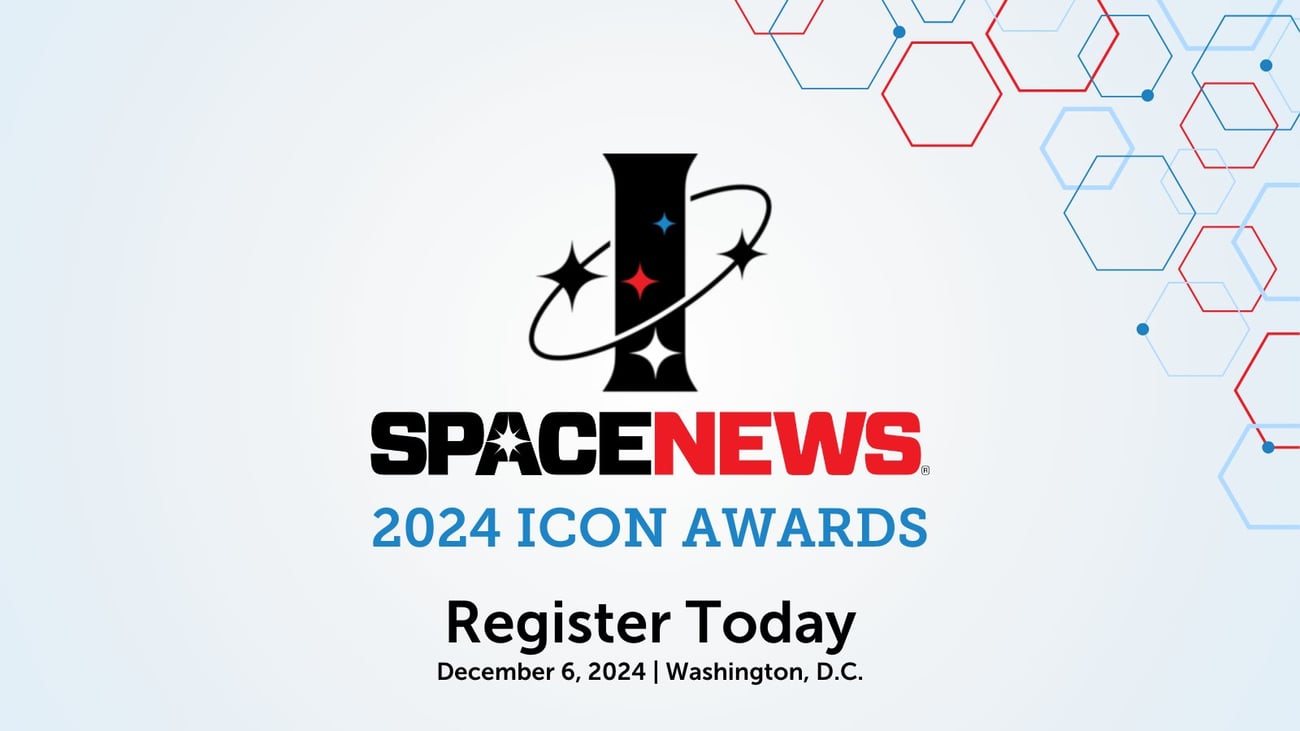Welcome to our weekly roundup of the top SpaceNews stories of the week, brought to you every Friday! This week, Lockheed Martin completes its Terran Orbital acquisition, China advances lunar rover and space station resupply plans, Congress pushes to save the Chandra observatory, and more. | | |
|
|
|
By Sandra Erwin, Oct. 30, 2024 |
|
|
|
Lockheed Martin Corp. announced Oct. 30 it has completed the acquisition of small satellite manufacturer Terran Orbital. The approximately $450 million acquisition deal deepens Lockheed Martin's foothold in the commercial satellite sector and culminates a partnership that began in 2017.
The acquisition positions Lockheed to leverage Terran's expertise in low-cost satellite production for both military and commercial ventures. Lockheed Martin stressed that Terran Orbital, now rebranded as "Terran Orbital, a Lockheed Martin Company," will continue to operate as a merchant supplier for the broader space industry.
The completed acquisition caps Lockheed Martin's years-long relationship with Terran Orbital, formerly Tyvak Nano-Satellite Systems. The smallsat specialist, founded in 2011, initially focused on nanosatellites and cubesats, but transitioned to building larger satellite platforms after it rebranded in 2022. That shift in focus followed Terran Orbital's public listing through a special purpose acquisition company (SPAC) merger, which aimed to accelerate its commercial growth. Read More |
|
| | |
|
NRO announces space tech agreements with three commercial companies
The NRO, which builds and operates the nation's spy satellites, announced Oct. 30 it has signed agreements with Cognitive Space, Impulse Space and Starfish Space under a program called Broad Agency Announcements for Agile Launch Innovation and Strategic Technology Advancement, with areas of focus ranging from in-space maneuverability and on-orbit logistics. Read More
ExoAnalytic observes 500 pieces of debris from Intelsat 33e breakup U.S.-based space-tracking company ExoAnalytic Solutions has identified about 500 pieces of debris from Intelsat 33e's recent breakup in geostationary orbit (GEO) that range from the size of softball to the size of a car door. Some fragments, the company said, may no longer be present, such as in the case of solid fuel evaporating. Read More
China chooses 2 teams to develop low-cost space station cargo spacecraft The China Manned Space Engineering Office (CMSEO) opened a call last year for proposals for low-cost cargo transportation systems to serve the Tiangong space station. Two teams have won through, CMSEO announced during an Oct. 29 press conference. The agency has selected the Qingzhou cargo spacecraft from the Innovation Academy for Microsatellites of the Chinese Academy of Sciences (IAMCAS) and the Haolong cargo space shuttle proposal from the Chengdu Aircraft Design Institute under the Aviation Industry Corporation (AVIC). Read More | | |
|
|
|
| | Europe advances delayed sovereign broadband constellation plan The European Commission is proceeding with delayed plans for a multi-orbit sovereign broadband constellation, after getting a best-and-final offer from a group led by a trio of domestic satellite operators. A contract for designing and operating more than 290 satellites by 2030 to support government communications remains subject to final negotiations, which are slated to conclude before the end of this year. Read More
NASA has updated the locations it's considering for the Artemis 3 mission. The nine locations include some of the same regions on a 2022 list of candidate sites as well as new locations. All are clustered near the lunar south pole, a region of science and exploration interest because of the potential of water ice deposits in permanently shadowed craters. Read More
China selects 2 proposals for crewed moon rover Teams from the China Academy of Space Technology (CAST) and the Shanghai Academy of Spaceflight Technology (SAST), both groups under the China Aerospace Science and Technology Corporation (CASC), the country's state-owned main space contractor, have been selected to develop prototypes, the China Manned Space Engineering Office (CMSEO) announced Oct. 29. Read More
Members of Congress seek details on Chandra funding and operations
In an Oct. 30 letter to Patrick Slane, director of the Chandra X-ray Center, six members of the Massachusetts congressional delegation, led by Sen. Elizabeth Warren (D), asked for more details about the operation of the 25-year-old X-ray space telescope and the potential effects NASA's suggested 40% budget cut would have on it. Read More | | |
|
|
|
 | MILITARY |
|
| Pentagon's commercial satellite internet services program soars to $13 billion The military's Proliferated Low Earth Orbit (PLEO) Satellite-Based Services program, launched just last year with a $900 million ceiling, has been expanded to $13 billion by the Defense Information Systems Agency (DISA) and the Space Systems Command, a spokesperson confirmed. Read More
Space Force opens national security launch contracts to new players The U.S. Space Force on Oct. 30 opened the bidding process for emerging space launch providers to compete for national security missions under the National Security Space Launch (NSSL) Phase 3 Lane 1 program. The new request for proposals is part of an "on ramp" strategy designed to allow new entrants to vie for contracts alongside SpaceX, Blue Origin and United Launch Alliance (ULA). Read More | | |
|
|
|
| | OPINION |
|  | By Josh Hartman, Oct. 30, 2024
| | General Chance Saltzman, Chief of Space Operations in the United States Space Force, recently proposed "Competitive Endurance" as a theory of Space Force success.
Competitive Endurance has three core tenets: Avoiding operational surprise, denying adversaries a first-mover advantage in space, and implementing responsible counterspace campaigns. In essence, the theory of Competitive Endurance rests on the U.S. Space Force's ability to provide actionable space domain awareness (SDA), achieve resiliency, and field capabilities that protect the Joint Force from space-enabled attack.
The U.S. Space Force can and should achieve Competitive Endurance by taking three specific actions: Develop spacecraft with dynamic capabilities and apply military principles such as maneuverability, flexibility and the concentration of force to orbital warfare; achieve on-orbit persistence and coordination by deploying a tiered architecture of smart systems that deliver coherent and synchronized SDA; and plan and implement countermeasures and protection strategies for space assets that promote the resiliency required to withstand an adversary's first attack. Read More
|
|
|
|
SpaceNews is committed to publishing our community's diverse perspectives. Whether you're an academic, executive, engineer or even just a concerned citizen of the cosmos, send your arguments and viewpoints to opinion@spacenews.com to be considered for publication online or in our next magazine. | | |
|
| | | | | What's New With SpaceNews? | Today is the last day of early bird pricing for the 2024 SpaceNews Icon Awards! |  | The 7th SpaceNews Icon Awards honor excellence and innovation among space professionals, companies, and organizations during the previous 12 months. Join SpaceNews and industry VIPs for an afternoon celebration of this year's Icons in the space industry.
Register now to secure your spot at the Icon Awards before prices go up, and join us in celebrating innovators in the space industry. |
|
|
|
|

No comments:
Post a Comment